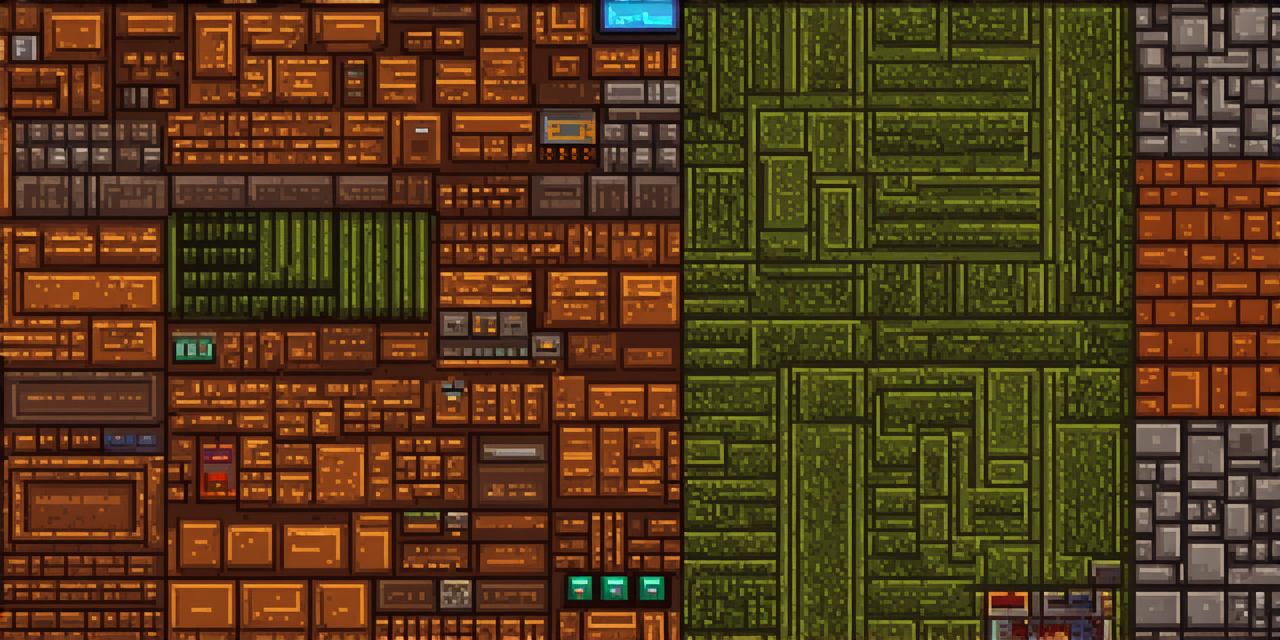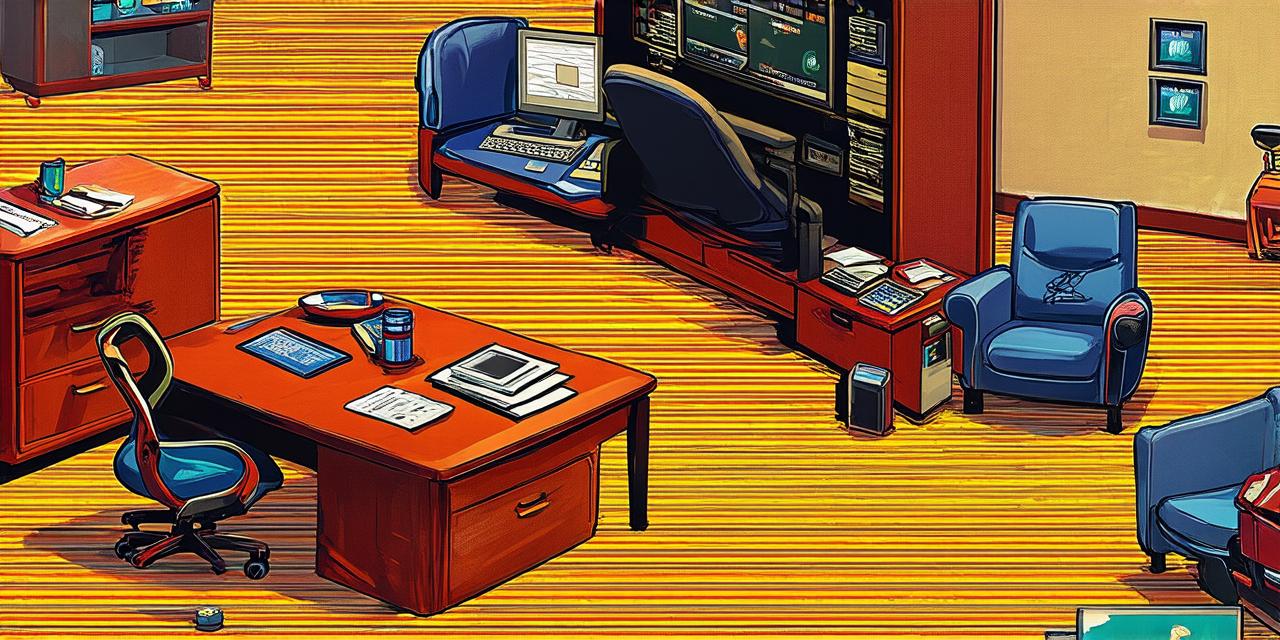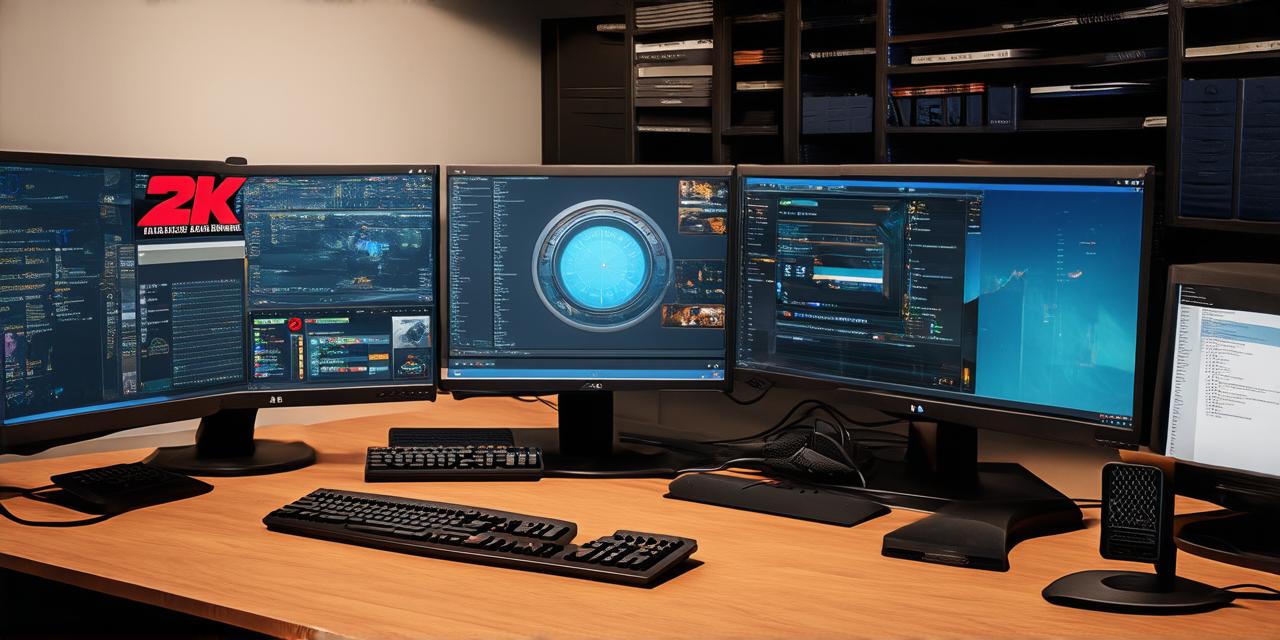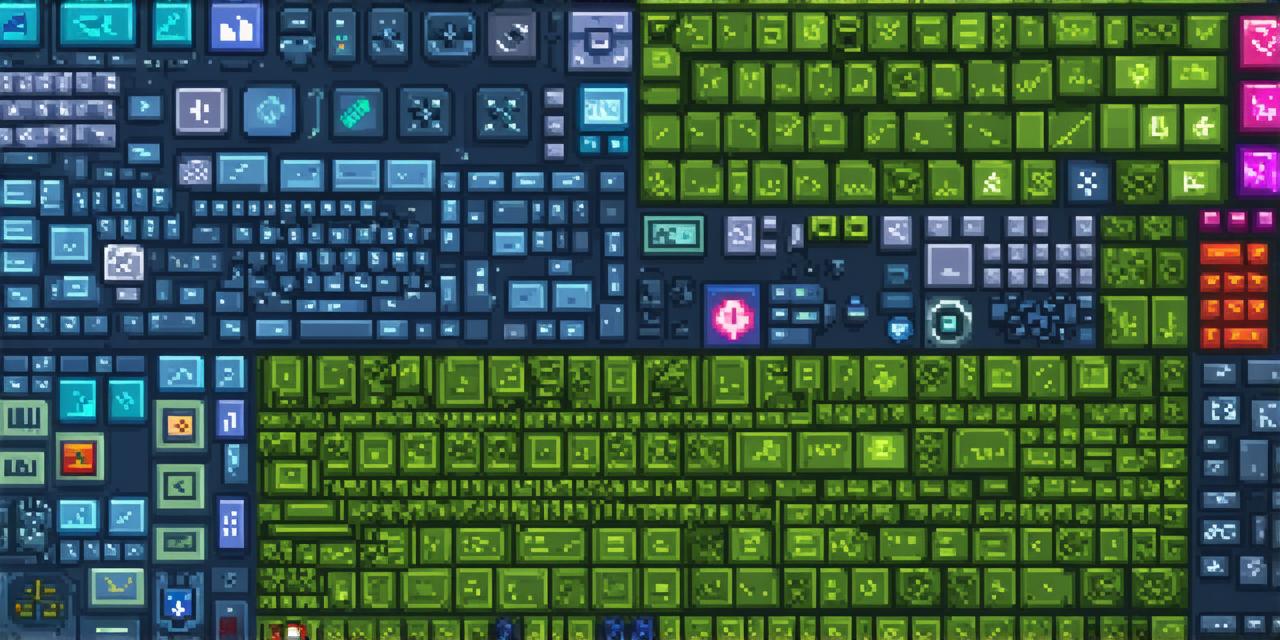Idea Generation and Prototyping
The first step in creating a game is to come up with an idea for a new experience. This can be anything from a simple puzzle game to a complex role-playing adventure. Once you have a basic concept, the next step is to create a prototype of your game. This allows you to test different aspects of your game, such as gameplay mechanics, character design, and storyline.
One example of this process can be seen in the development of “Minecraft,” a sandbox-style adventure game created by Markus Persson. Persson began working on the game in 2009, and after several years of development and refinement, it was released to the public in 2013. The game’s success can be attributed in part to its open-ended nature, which allowed players to explore and create their own unique experiences within the game world.
Design and Art Assets

Once you have a solid prototype of your game, it’s time to start designing the various elements that will make up your final product. This includes everything from character models and textures to sound effects and background music. In addition to these assets, you may also need to create level designs or other environmental elements that will help to immerse players in your game world.
One example of this process can be seen in the development of “The Legend of Zelda: Breath of the Wild,” a 2017 adventure game created by Nintendo. The game’s designers worked closely with artists and sound designers to create a rich and immersive experience that would transport players to a vast, open-world environment filled with intricate details and hidden secrets.
Programming and Engineering
With the design elements of your game in place, it’s time to start programming and engineering the various systems that will power your creation. This includes everything from user interfaces and game logic to AI behavior and network synchronization. Depending on the complexity of your game, you may need to work with a team of programmers and engineers to ensure that all of these elements are working together seamlessly.
One example of this process can be seen in the development of “Fortnite,” a popular battle royale game created by Epic Games. The game’s developers had to create a highly scalable network infrastructure that could support millions of players simultaneously, as well as a wide range of features and mechanics that would keep players engaged for hours on end.
Testing and Refinement
Once you have built your game, it’s time to start testing and refining it based on player feedback. This can involve everything from playtesting with a small group of friends to conducting large-scale user studies to gather data on how players are interacting with your game. Based on this feedback, you may need to make changes to the gameplay mechanics, character designs, or other elements in order to improve the overall experience.
One example of this process can be seen in the development of “Red Dead Redemption 2,” a 2018 action-adventure game created by Rockstar Games.




